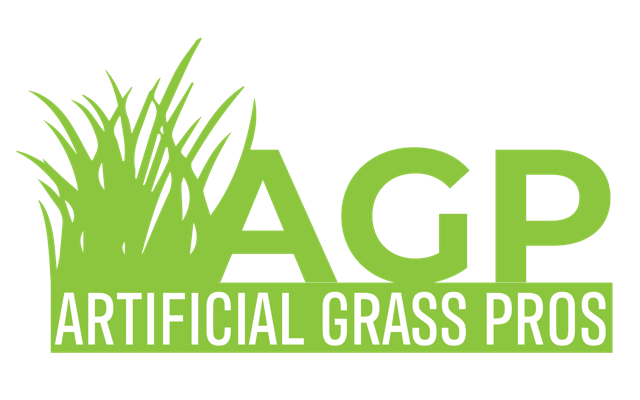A boardwalk that stretches into the Intracoastal Waterway offers views of the city skyline. It is a popular spot to walk the dog. The area also features a variety of picnic areas. The area is a great place for a family outing or a romantic date. South Cove Natural Area is located at 301 N Olive Ave, West Palm Beach, FL 33401.
Boaters can take advantage of the numerous sandy coves in South Cove. Boating is also available in Lake Mead, which is accessible from the area. However, due to low water levels, the primary boat launch is closed for the time being. The best way to access the area is through a dirt road south of the launch ramp. If you are driving, a four-wheel-drive is recommended. Next Blog Post.
The project is close to the Mary Immaculate Catholic Church and the South Cove Natural Area. To the southwest of South Cove, you can visit the Norton Museum of Art, which is located about 3,500 feet from the area. West Palm Beach is a mid-size city of under 100,000 people and part of the larger Miami-Fort Lauderdale Metropolitan area, which is home to over 5.5 million people. More.
The South Cove Natural Area is a hidden gem of West Palm Beach. Located on the edge of the Everglades, it offers a breathtaking view of the Florida landscape. You can even go fishing or kayaking while you explore the area. This area is a fun place to take the whole family, so make sure to visit it when you’re in town.
The South Cove project will fill in dredged holes in Lake Worth Lagoon to create mangrove islands that will provide habitat for birds, fish, and seagrass. It will also create a boardwalk that will wind through the islands off Flagler Drive. The Palm Beach County Department of Environmental Resource Management (DERM) expects the project to be complete by April. The project was started by Brang Construction Inc. in 2008.
The 9.5 acre island south of Ocean Avenue Bridge has been restored to its original state by the ERM in 2006. The restoration work has helped restore the maritime hammock habitat which had degraded over the years from development. There are now about 250 species of fish living in the lagoon. Some of these fish live in the lagoon throughout their lives while others use it as a nursery or breeding ground.
